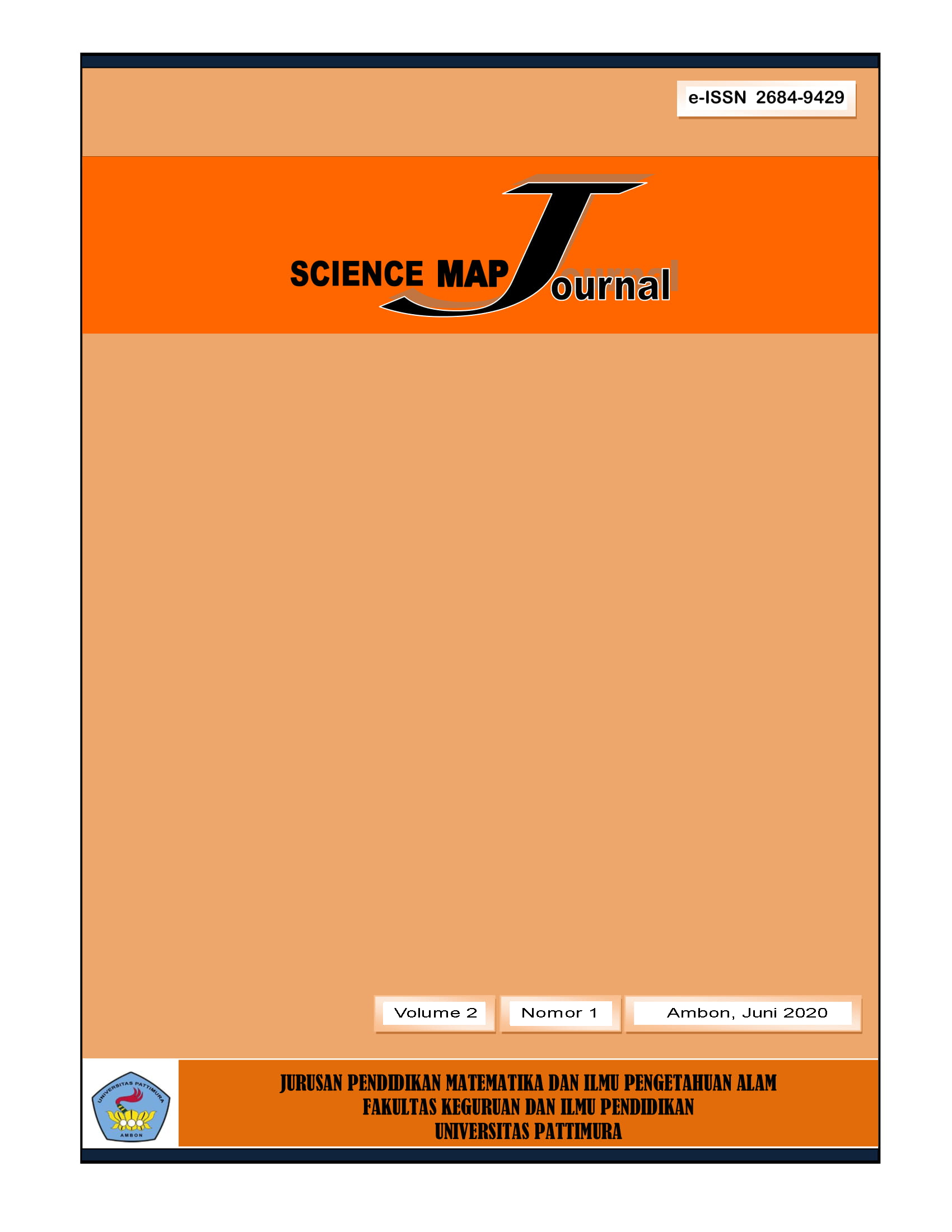

Tip 27: Use e-Learning to Supplement Classroom Learning. Tip 26: Transform Active Classroom Strategies into e-Learning. Tip 25: Use Role Play to Develop Verbal Skills. Tip 23: Ask Participants to Reflect on the Experience. Tip 22: Create Experiences That Simulate or Match Reality. STRATEGY 6: ENHANCE LEARNING BY EXPERIENCING AND DOING. Tip 21: Invite Participants to Teach Each Other. Tip 20: Use a Variety of Team Learning Activities.

Tip 19: Gradually Immerse Participants in Team Learning. Tip 18: Build Learning Teams Before Giving Them Work. Tip 17: Choose How You Compose Learning Teams. STRATEGY 5: LET YOUR PARTICIPANTS LEARN FROM EACH OTHER. Tip 16: Let Participants Know You Expect Questions. STRATEGY 4: URGE PARTICIPANTS TO ASK QUESTIONS. Tip 13: Facilitate the Flow of Conversation. Tip 11: Improve the Quality of Discussion Through Participant Preparation. Tip 10: State Effective Questions for Discussion. Tip 9: Engage Participants Before Plunging into the Discussion. STRATEGY 3: ENCOURAGE LIVELY AND FOCUSED DISCUSSION. Tip 8: Help Participants “Save” the Presentation in Their Brains. Tip 7: Involve Participants Throughout Your Presentation. Tip 6: Help Your Participants’ Brains to “Get It”. Tip 5: Build Brain Interest in What Is Being Presented. STRATEGY 2: BE A BRAIN-FRIENDLY PRESENTER. Tip 4: Enlarge the Pool of Participation at the Very Beginning.

Tip 3: Create Icebreakers That Focus Solely on Immediate Learning Involvement. Tip 2: Structure the Initial Social Interactions Among Participants. Tip 1: Give Participants Something to Do Before the Session Formally Begins. STRATEGY 1: ENGAGE YOUR PARTICIPANTS FROM THE START. Among his recent clients have been: Valero Refining Co., BMW of North America, MGM Grand, New York University School of Dentistry, Merck, Girl Scouts of the USA, and International Teachers of Business Management Program. Silberman has conducted training for hundreds of corporate, governmental, educational, and human-service organizations. He is the author and editor of over 30 books, including Active Training 2e (Pfeiffer, 1998), 101 Ways to Make Training Active (Pfeiffer, 1998), and The Consultant's Tool Kit (McGraw-Hill, 2002), and a regular conference speaker for ASTD and ISPI.ĭr. in educational psychology from the University of Chicago. Silberman is a graduate of Brandeis University and holds an M.A. He is also president of Active Training, Princeton, NJ, a consulting firm that provides courses on active training techniques, interpersonal intelligence, and team facilitation.ĭr. is Professor of Adult and Organizational Development at Temple University, where he received its Great Teacher Award.


 0 kommentar(er)
0 kommentar(er)
